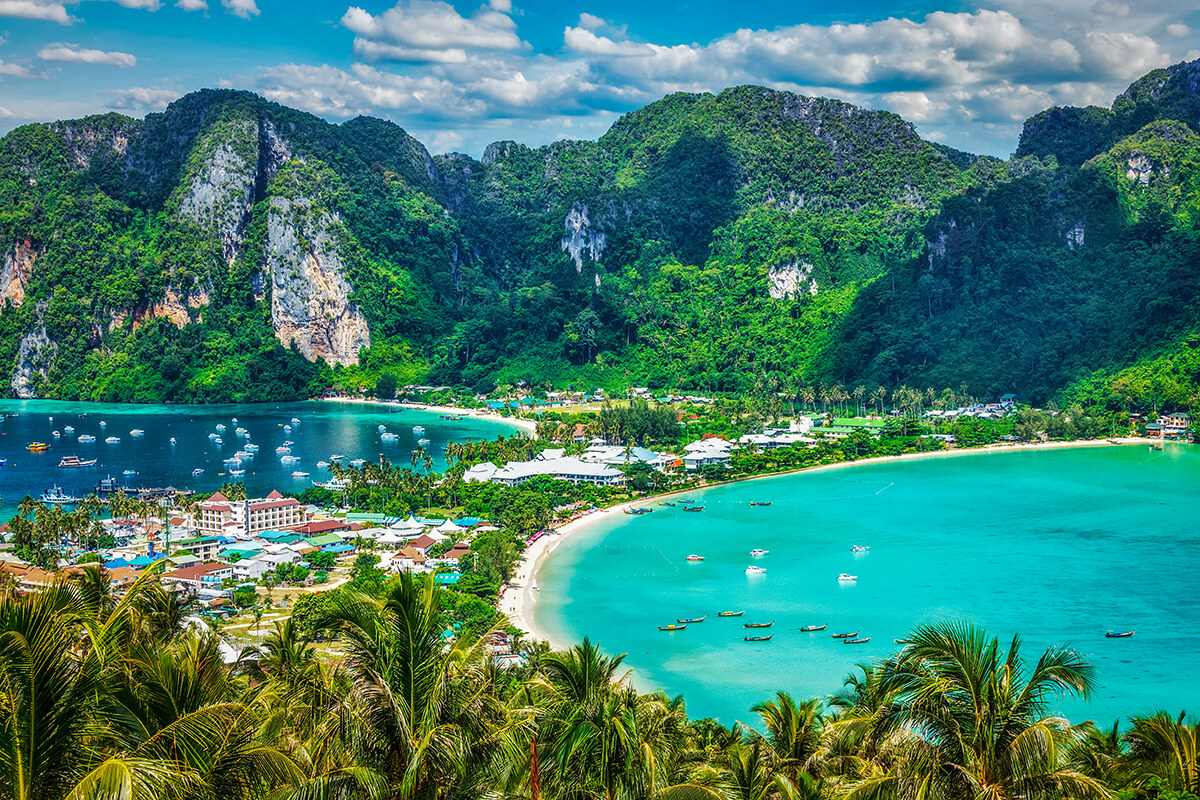Shirdi Temperature Guide: Weather Insights for Every Season
Discover the seasonal variations in Shirdi temperature, from summer heat to winter chill, and plan your visit with our detailed weather guide for a comfortable spiritual journey.

Shirdi, a peaceful town in Maharashtra, is widely known for the holy shrine of Sai Baba that draws millions of devotees each year. Beyond its spiritual essence, the town experiences a varied climate that influences travel plans, comfort levels, and even pilgrimage schedules. Understanding the weather throughout the year can help visitors plan a more enjoyable and meaningful trip. The unique rhythm of Shirdis temperature reflects the diverse weather patterns of western India, offering different experiences depending on the time of your visit.
Summers in Shirdi: Hot and Dry Days
The summer season in Shirdi typically begins in March and lasts until June. During this period, the weather becomes increasingly hot with clear skies and dry winds. Daytime temperatures can soar above 40C (104F), especially during the peak of May. The heat can be intense, and for those unaccustomed to high temperatures, the climate may feel exhausting. However, the evenings tend to be cooler, making them suitable for darshan and walking around the temple premises. If you plan to visit during this time, light clothing, sun protection, and staying hydrated are essential. Despite the heat, devotees still flock to the temple, drawn by their unwavering faith.
Monsoon in Shirdi: A Refreshing Relief
From late June to early September, Shirdi welcomes the monsoon season. The arrival of rain is a great relief after the scorching summer, as it cools down the environment and adds freshness to the surroundings. Though the town doesnt receive very heavy rainfall like some coastal areas, the showers are frequent enough to create a pleasant ambiance. The temperature during monsoon ranges between 25C to 35C, offering a much-needed respite from the heat. The Sai Baba temple looks beautiful with the surrounding greenery, and the roads become less dusty. Still, visitors should be prepared for occasional delays or slippery surfaces due to rain. Carrying an umbrella and waterproof footwear is highly recommended during this season.
Winter in Shirdi: Cool, Calm, and Comfortable
Winter is often considered the best time to visit Shirdi. Lasting from November to February, this season brings cool and comfortable weather that is ideal for temple visits and exploring nearby attractions. The average temperature ranges between 8C to 20C, with early mornings and nights being slightly chilly. Many devotees and tourists plan their trip during this period to enjoy a peaceful spiritual journey without the discomfort of heat or rain. The crisp air and calm environment add to the serenity of Shirdi, making the winter months the most preferred time for pilgrims. Light woolens are sufficient to keep you warm during the early hours.
Best Time to Visit Shirdi Based on Weather
While Shirdi is open and welcoming all year round, your comfort during the visit largely depends on the weather. Winters are perfect for those seeking a pleasant and peaceful atmosphere. Summers are more suitable for experienced travelers or those who can manage the heat well. Monsoon, with its charm and freshness, offers a unique view of the town but requires you to be cautious about sudden showers. Depending on your travel style and tolerance to different climates, each season presents a different facet of Shirdis personality. Planning your journey with consideration to the Shirdi temperature will enhance your experience significantly.
Effects of Weather on Pilgrimage and Crowd
Weather plays a crucial role in determining the crowd density in Shirdi. The cooler winter months generally witness a surge in visitors, especially during holidays and festivals like Christmas and New Year. Summers, despite the heat, also attract a significant number of devotees, particularly during school vacations and long weekends. Monsoon usually sees slightly fewer crowds, making it a quieter time to visit for those who prefer peaceful darshan. If youre someone who values less rush and shorter queues, understanding the seasonal crowd trends influenced by weather can help you choose the right time to visit.
Tips for Weather-Friendly Travel in Shirdi
Regardless of the time of year, there are a few ways to make your visit to Shirdi more comfortable. During summers, wearing cotton clothes, using sunscreen, and drinking plenty of water can help you stay cool. For monsoons, waterproof bags, umbrellas, and slip-resistant shoes are a must. In winters, carrying a shawl or light jacket will keep you warm during early morning darshan. Also, staying updated on weather forecasts before your journey ensures that you're prepared for any unexpected conditions. With a little planning and awareness about the climate, your trip to Shirdi can remain stress-free and fulfilling.
Conclusion: Embrace Shirdi in Every Season
Whether it's the blazing sun of summer, the refreshing rain of monsoon, or the soothing chill of winter, each season in Shirdi offers a different experience for visitors. The divine aura of Sai Babas shrine remains untouched by the changing weather, continuing to bless all those who come with faith in their hearts. By understanding the seasonal shifts and the nature of Shirdi temperature, you can make informed choices for a trip that is both spiritually and physically comforting. No matter when you go, Shirdi has a way of welcoming every soul with warmth and peace.










































